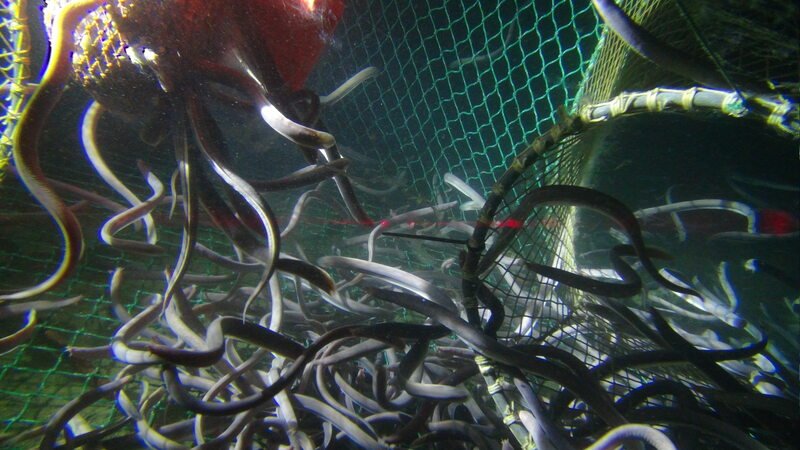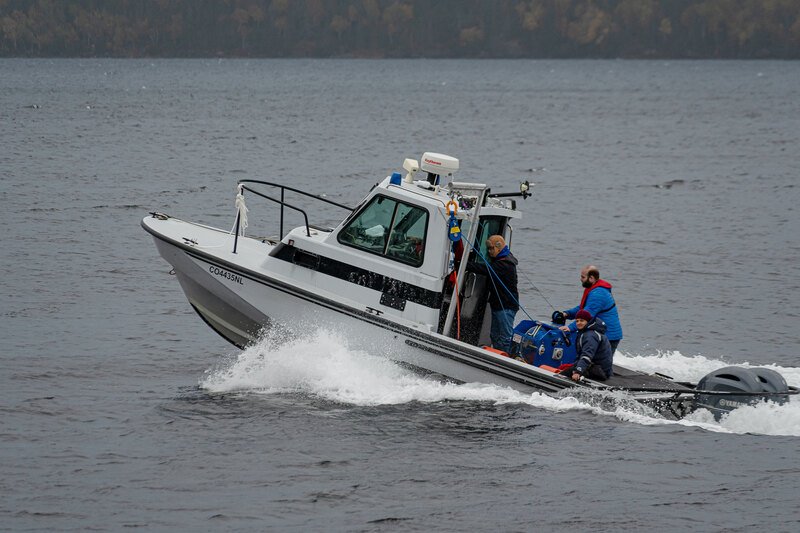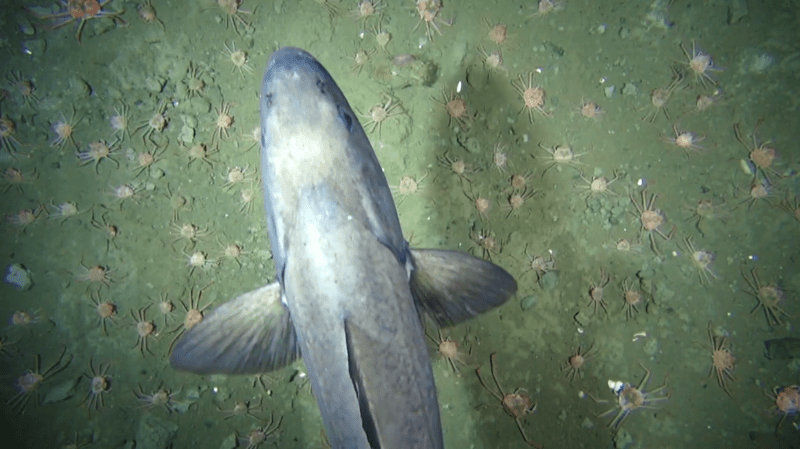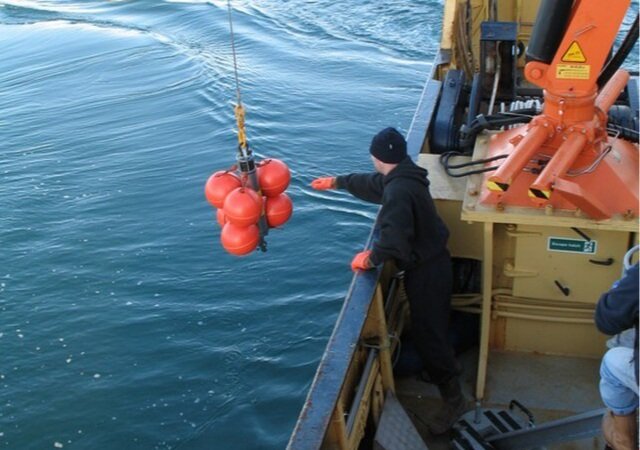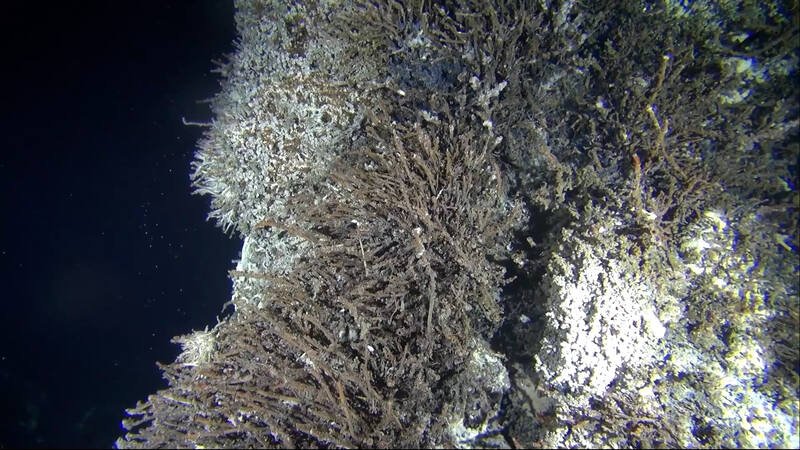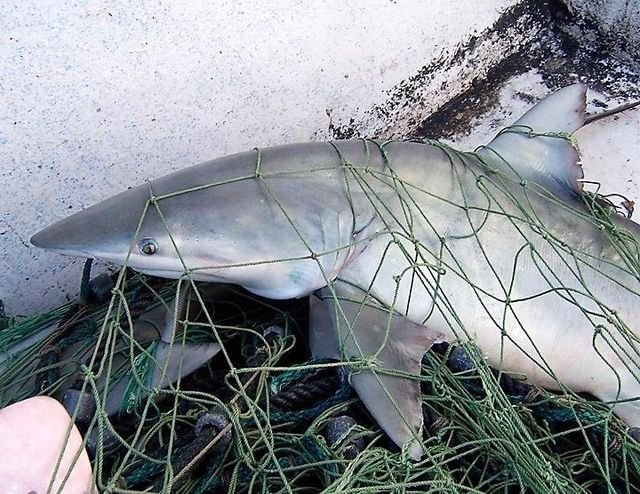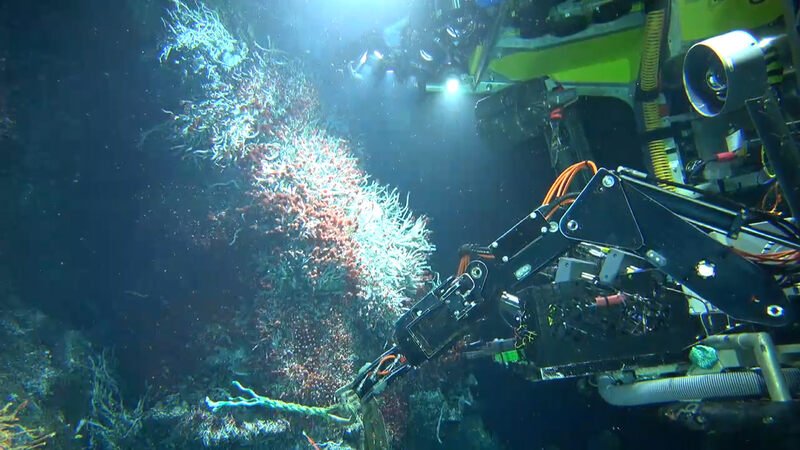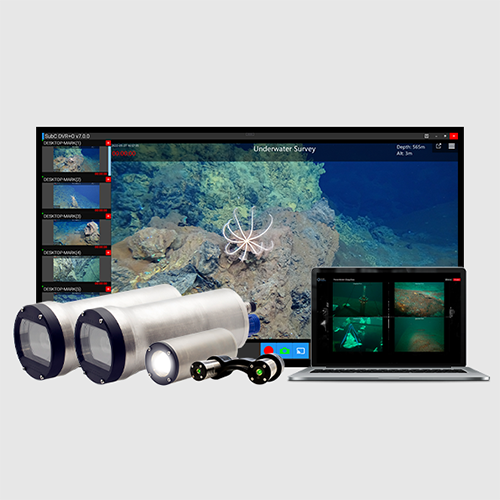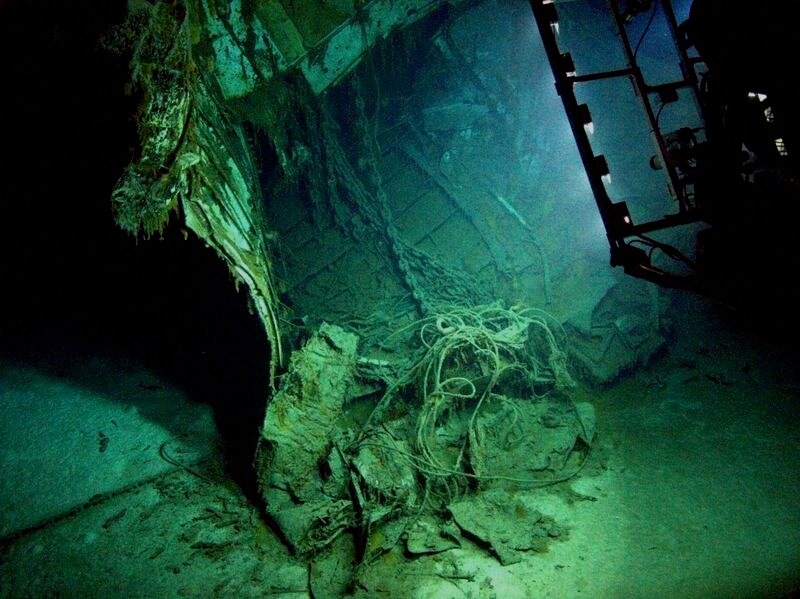How Subsea Offshore Surveys Can Help Maximize Fishing Yields Responsibly for Fisheries
The sustainable management of fisheries is essential for maintaining healthy marine ecosystems and ensuring the long-term viability of fish populations. To achieve this, it is crucial to have accurate and up-to-date information about the fish stocks and their habitats. Subsea offshore surveys have emerged as a powerful tool, providing valuable insights into the underwater environment and aiding in the responsible maximization of fishing yields. In this article, we will explore the ways in which subsea offshore surveys can contribute to sustainable fisheries management.
What Are The Sustainability Problems Involving Fisheries?
Fisheries face several sustainability problems that threaten the long-term health of fish populations and marine ecosystems. Overfishing, where fish are harvested at a rate that exceeds their ability to reproduce and replenish their numbers, is a major concern. It can lead to the depletion of fish stocks, disrupt the balance of marine ecosystems, and impact the livelihoods of fishing communities. Bycatch, the unintentional capture of non-target species, is another significant issue, resulting in the unnecessary loss of marine life and the potential decline of vulnerable species. Destructive fishing practices, such as bottom trawling or the use of unsustainable fishing gear, can damage habitats and degrade marine biodiversity.
Additionally, inadequate fisheries management, including ineffective regulations, weak enforcement, and lack of data on fish populations, hinders the implementation of sustainable fishing practices. Addressing these sustainability problems requires measures such as implementing catch limits, reducing bycatch, promoting responsible fishing practices, and adopting ecosystem-based approaches to fisheries management.
What Are The Objectives Of Responsible and Sustainable Fishing?
Sustainable fishing aims to achieve the long-term viability of fish populations and maintain the health of marine ecosystems. It involves maintaining fish stocks through appropriate catch limits, preserving biodiversity by minimizing bycatch and protecting non-target species, minimizing environmental impact by adopting less destructive fishing practices, promoting responsible fishing practices, supporting the socioeconomic well-being of fishing communities, and implementing effective fisheries management measures. The objective is to ensure that fishing activities are conducted in a manner that allows fish populations to reproduce, maintains ecosystem balance, and supports the livelihoods of fishing communities while minimizing negative impacts on the environment.
How Do Offshore Surveys Help With Responsible and Sustainable Fishing?
Mapping Fish Habitats
One of the key applications of subsea surveys is the mapping of fish habitats. By utilizing advanced imaging technologies such as multibeam sonar and subsea cameras, researchers and fishery managers can identify and characterize important areas where fish species aggregate, spawn, or seek shelter. Understanding these habitats helps in implementing targeted fishing practices that minimize the impact on sensitive areas and promote sustainable fishing.
Fish Identification and Behaviour
Offshore surveys that use subsea cameras also enable the visual identification and observation of fish species in their natural habitat. They help scientists and fishery managers identify different fish species accurately, assess their abundance, and monitor their behaviour and movement patterns. Understanding fish behaviour, such as feeding habits and migration routes, can assist in determining optimal fishing strategies and locations, maximizing fishing yields while minimizing the impact on fish populations.
Stock Assessment
Credit: Stephen Cotterell, recovering acoustic release for next deployment
Accurate stock assessment is crucial for determining the abundance and health of fish populations. Subsea surveys play a significant role in this process by providing reliable data on fish abundance, size distribution, and biomass estimation. By employing acoustic techniques like hydroacoustics, scientists can efficiently survey large areas and generate comprehensive stock assessments. This information enables fishery managers to establish appropriate catch limits and implement effective conservation measures to prevent overfishing.
Identification of Protected Species
Protecting endangered and protected species is a vital aspect of responsible fisheries management. Subsea video surveys can aid in the identification and monitoring of such species, including marine mammals, sea turtles, and vulnerable fish species. By utilizing underwater cameras, LEDs, lasers, and specialized acoustic equipment, survey teams can collect data on the presence, distribution, and behaviour of these protected species. This information guides the implementation of fishing practices that minimize bycatch and mitigate potential harm to these important marine organisms.
Assessing Habitat Health
Subsea offshore surveys are not limited to fish population assessments; they also provide valuable insights into the overall health of marine habitats. By examining factors such as substrate type, water quality, and benthic community composition, scientists can evaluate the ecological integrity of the seafloor and its suitability for various fish species. This understanding allows fishery managers to identify areas in need of protection or restoration, ensuring the long-term sustainability of fisheries.
Bycatch Monitoring
Credit: National Observer Program, NMFS/SEFSC
Bycatch, the unintentional capture of non-target species, is a significant concern in fisheries. Subsea cameras can aid in real-time monitoring and assessment of bycatch. They provide visual evidence of non-target species, allowing fishermen to modify their fishing practices to minimize bycatch. By accurately identifying and quantifying bycatch, subsea cameras help in implementing mitigation measures to reduce the negative impact on non-target species and promote responsible fishing practices.
Implementing Ecosystem-Based Management with Offshore Surveys
Offshore surveys provide the necessary information and insights to understand and manage fisheries in the context of the broader ecosystem.The holistic approach of ecosystem-based management (EBM) recognizes the intricate relationships between different species and their environment. Subsea offshore surveys play a vital role in supporting EBM by providing comprehensive data on the structure and dynamics of marine ecosystems. This information assists in assessing the health of the habitat, identifying potential impacts from fishing activities, and determining areas that require conservation or restoration efforts.
By understanding the overall ecosystem health, fishery managers can develop strategies that support sustainable fishing practices. This information helps in understanding the interactions between fish populations, their habitats, and other components of the ecosystem, guiding the development of effective management strategies that account for the broader ecological context.
What Offshore Survey Equipment And Tools Are Needed For Sustainable Fishing?
Offshore surveys for sustainable fishing employ a diverse range of tools and technologies, including subsea cameras, acoustic instruments, sampling gear, hydrographic instruments, satellite imagery, GPS/navigation systems, Digital Video Recorders (DVRs), LEDs, and lasers. Subsea cameras capture high-resolution images and videos, enabling precise species identification and detailed habitat assessment. Acoustic instruments play a crucial role in detecting and measuring fish populations, while sampling gear collects biological samples for thorough analysis. Hydrographic instruments provide essential data on water properties, while satellite imagery offers valuable insights into environmental conditions. GPS/navigation systems ensure accurate location tracking throughout the surveys. Additionally, the integration of DVRs allows for video recording and review, facilitating in-depth observation of fish behavior and aiding in the monitoring and assessment of bycatch. LEDs and lasers are utilized to enhance underwater visibility and improve image quality during surveys, enabling researchers to capture clear and detailed footage.
Together, these tools and technologies provide a comprehensive and multifaceted approach to sustainable fishing practices, supporting the responsible management of fish populations and habitats. Complete Subsea 4K and HD Video Survey Systems are available from SubC Imaging and combine all video management functions into one suite to reduce complexity and provide an easy user experience.
Conclusion
In conclusion, subsea offshore surveys offer valuable contributions to the responsible and sustainable management of fisheries. By utilizing advanced imaging technologies and acoustic techniques, these surveys provide essential information on fish habitats, behaviour, stock assessment, and the identification of protected species. They also play a crucial role in assessing habitat health, monitoring bycatch, and implementing ecosystem-based management approaches. By incorporating subsea cameras, acoustic instruments, and other tools, fisheries can make informed decisions to promote sustainable fishing practices, minimize environmental impacts, and maximize fishing yields responsibly. Continued investment in subsea imaging research and collaboration between scientists, policymakers, and fishermen is crucial to ensure the long-term viability of fisheries and the preservation of marine ecosystems.

